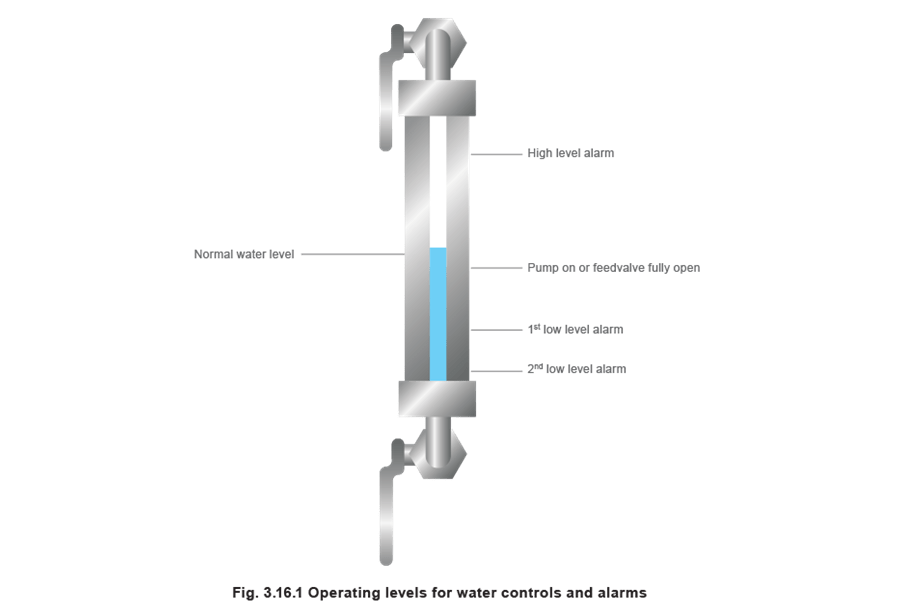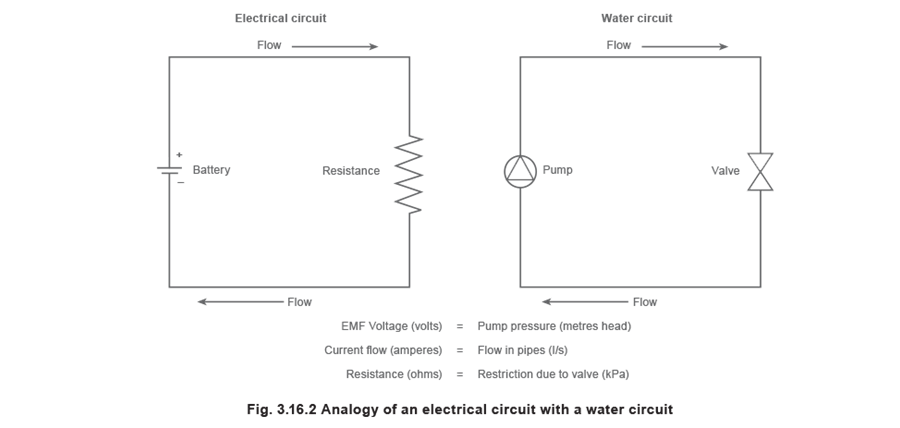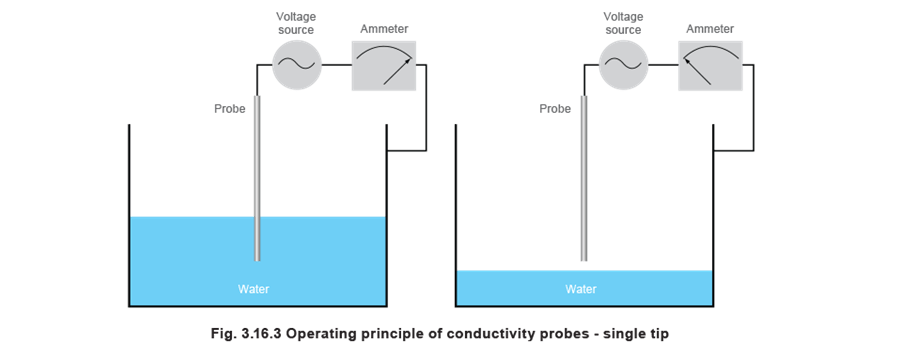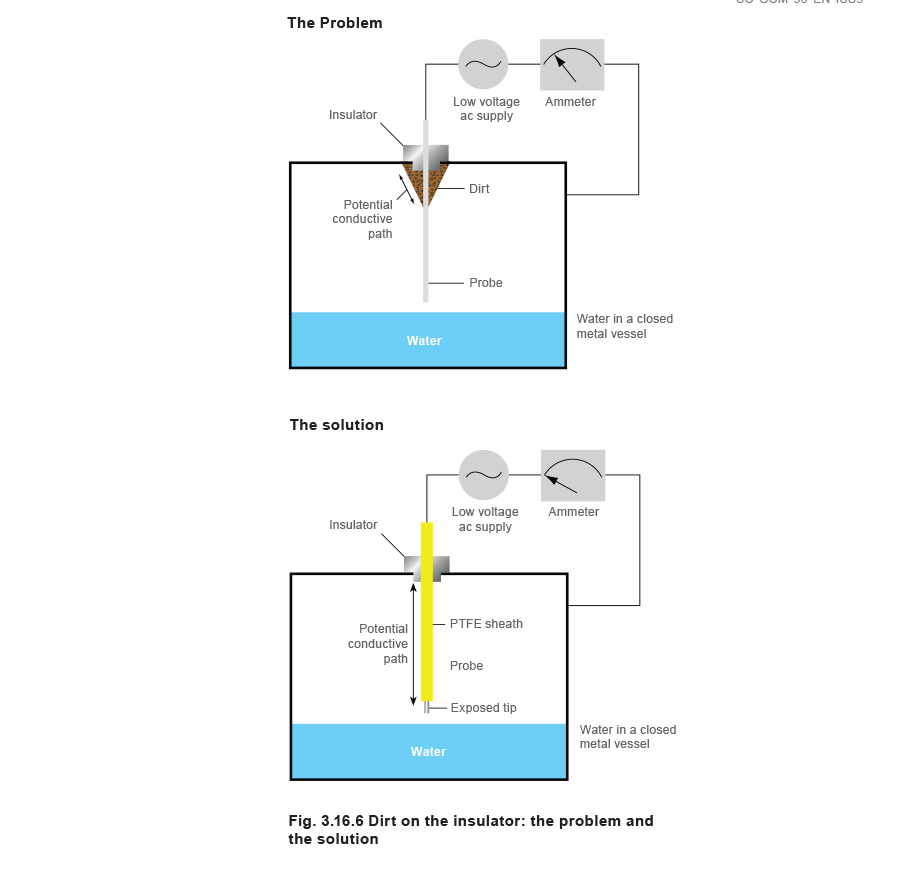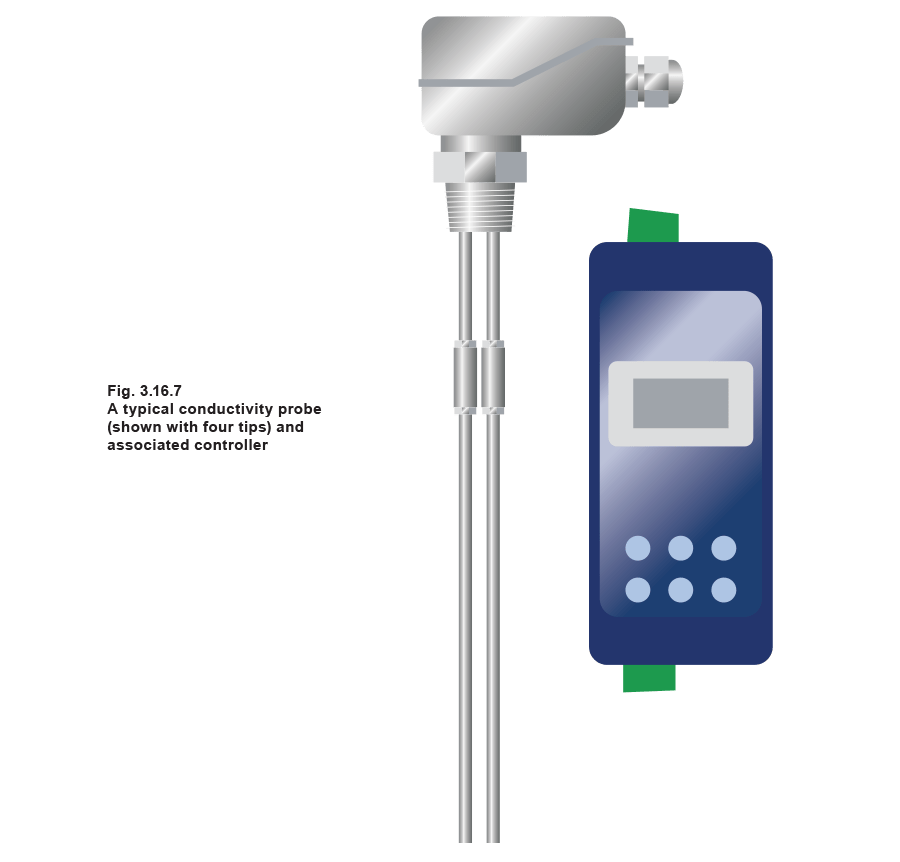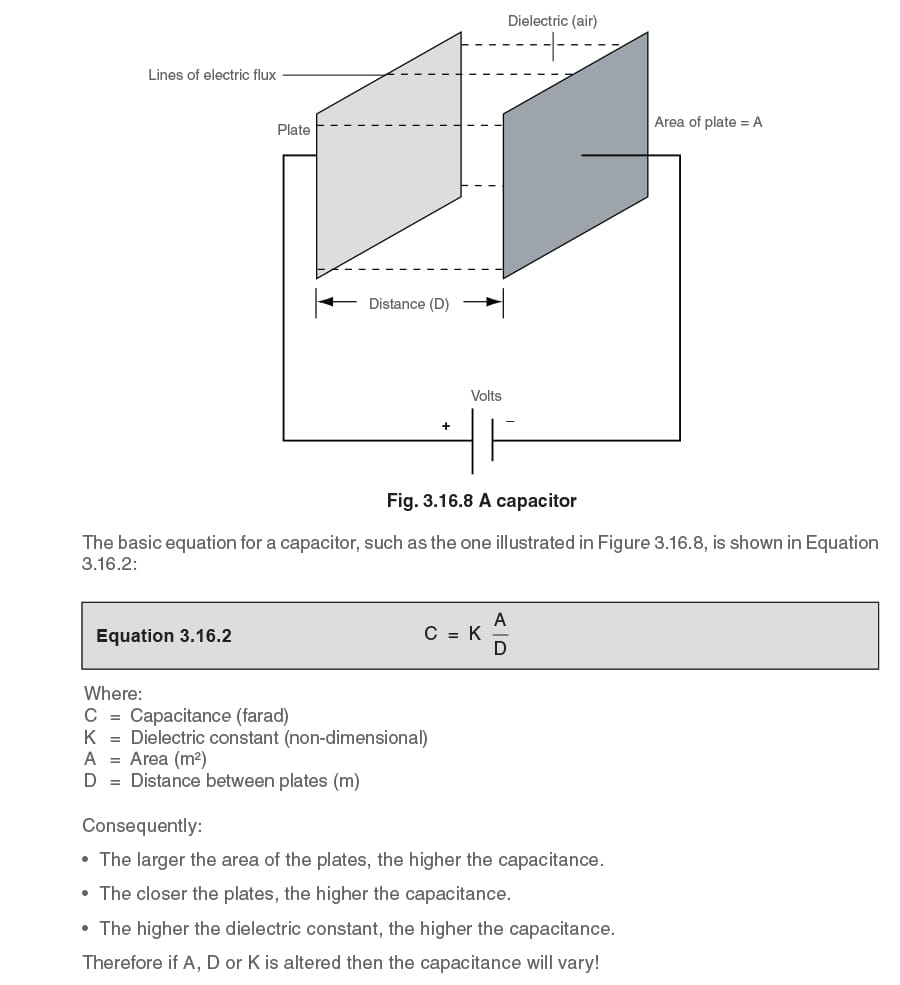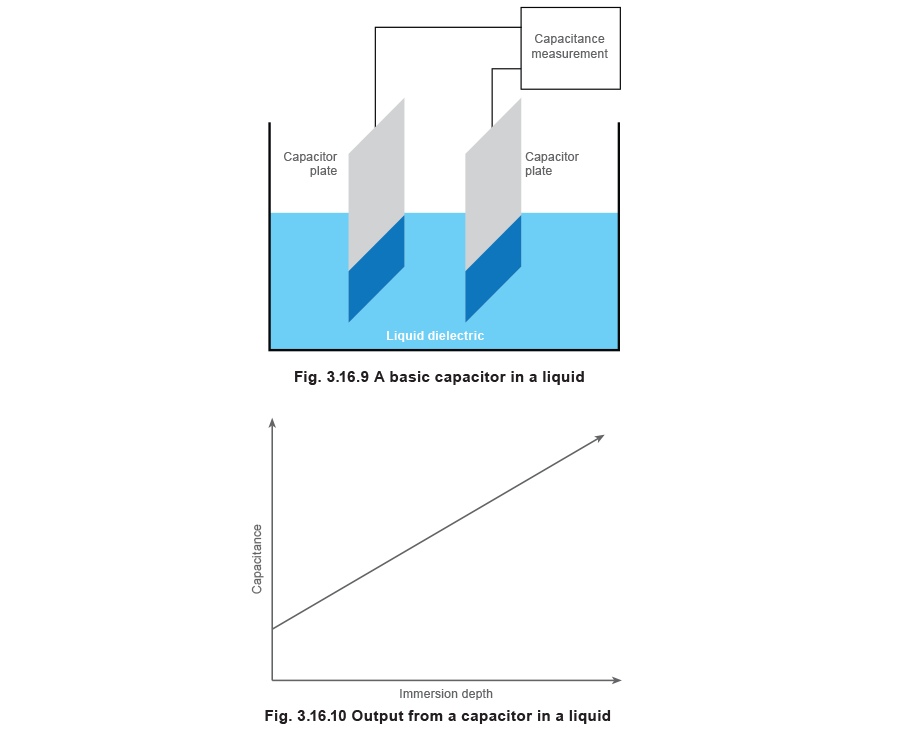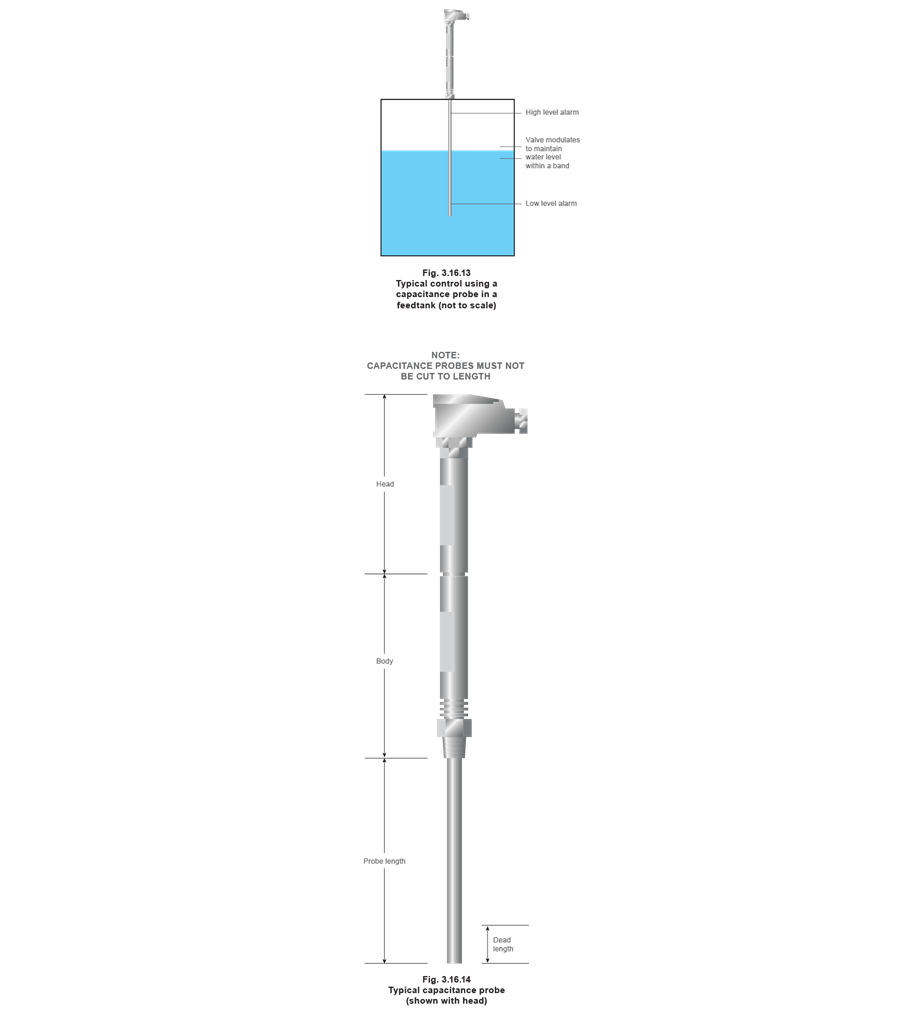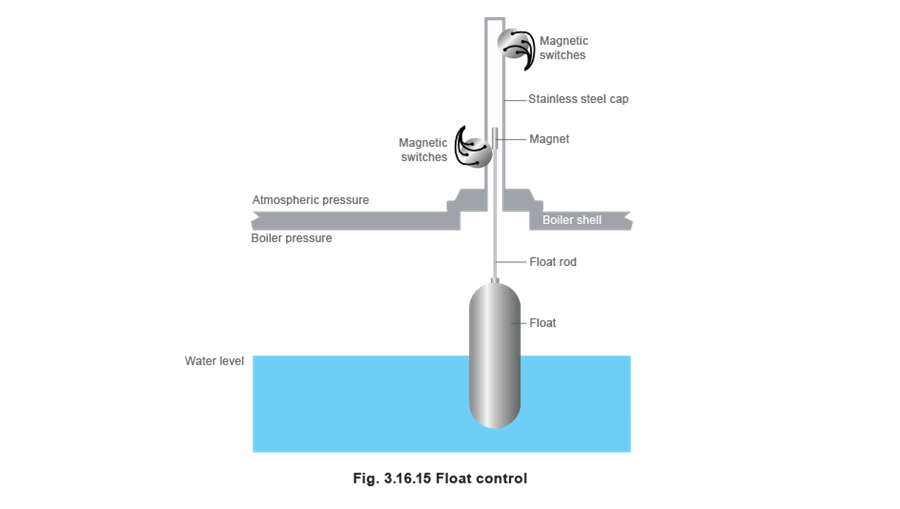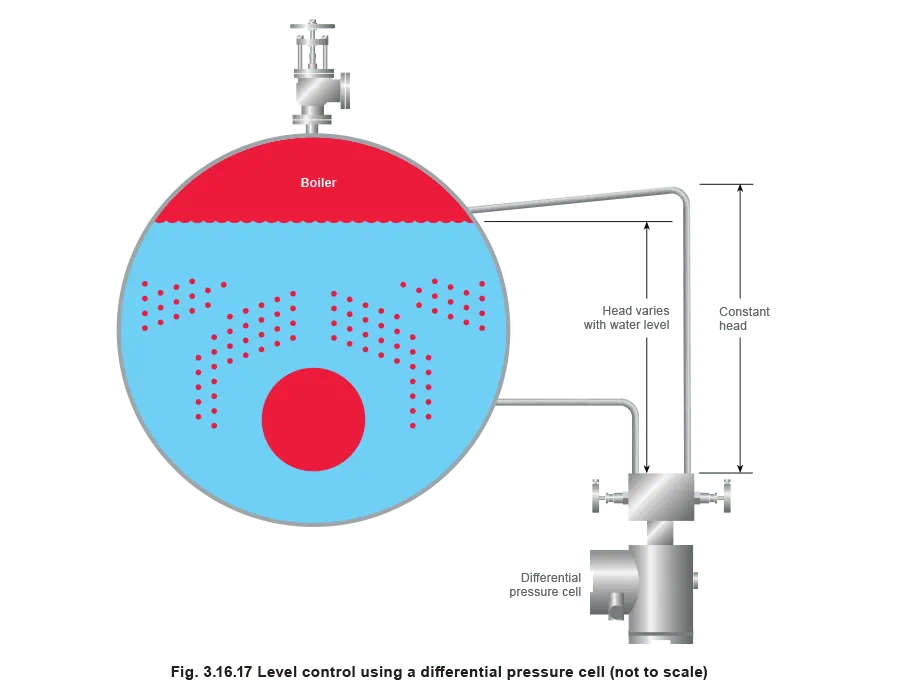The Boiler House

Contents
Methods of Detecting Water Level in Steam Boilers
The application of level controls and alarms, plus an overview of different level detection methods, including float-type controls, conductivity probes and capacitance devices.
Methods of Detecting Water Level in Steam Boilers
On a steam raising boiler there are three clear applications for level monitoring devices:
- Level control - To ensure that the right amount of water is added to the boiler at the right time.
- Low water alarm - For safe boiler operation, the low water alarm ensures that the combustion of fuel does not continue if the water level in the boiler has dropped to, or below a predetermined level. For automatically controlled steam boilers, national standards usually call for two independent low level alarms, to ensure safety. In the UK, the lower of the two alarms will ‘lockout’ the burner, and manual resetting is required to bring the boiler back on line.
- High water alarm - The alarm operates if the water level rises too high, informing the boiler operator to shut off the feedwater supply. Although not usually mandatory, the use of high level alarms is sensible as they reduce the chance of water carryover and waterhammer in the steam distribution system.
Methods of automatic level detection
The following Sections within this Module discuss the principal types of level detection device which are appropriate to steam boilers.
Basic electric theory
The way in which electricity flows can be compared with a liquid. Liquid flows through a pipe in a similar way that electricity flows through a conductor (see Figure 3.16.2).
A conductor is a material, such as metal wire, which allows the free flow of electrical current. (The opposite of a conductor is an insulator which resists the flow of electricity, such as glass or plastic). An electric current is a flow of electric ‘charge’, carried by tiny particles called electrons or ions. Charge is measured in coulombs. 6.24 x 1018 electrons together have a charge of one coulomb, which in terms of SI base units is equivalent to 1 ampere second.
When electrons or ions are caused to move, the flow of electricity is measured in Coulombs per second rather than electrons or ions per second. However, the term ‘ampere’ (or A) is given to the unit in which electric current is measured.
- 1 A = A flow of 6.24 x 1018 electrons per second.
- 1 A = 1 coulomb per second.
The force causing current to flow is known as the electromotive force or EMF. A battery, a bicycle dynamo or a power station generator (among other examples) may provide it.
A battery has a positive terminal and a negative terminal. If a wire is connected between the terminals, a current will flow. The battery acts as a pressure source similar to the pump in a water system. The potential difference between the terminals of an EMF source is measured in volts and the higher the voltage (pressure) the greater the current (flow). The circuit through which the current flows presents a resistance (similar to the resistance presented by pipes and valves in a water system).
The unit of resistance is the ohm (given the symbol Ω) and Ohm’s law relates current, voltage and resistance, see Equation 3.16.1:
Where:
I = Current (amperes)
V = Voltage (volts)
R = Resistance (ohms)
Another important electrical concept is ‘capacitance’. It measures the capacity of the charge between two conductors (roughly analogous to the volume of a container) in terms of the charge required to raise its potential by an amount of one volt.
A pair of conductors has a large capacitance if they need a large amount of charge to raise the voltage between them by one volt, just as a large vessel needs a large quantity of gas to fill it to a certain pressure.
The unit of capacitance is one coulomb per volt, which is termed one farad.
Conductivity probes
Consider an open tank with some water in it. A probe (metal rod) is suspended in the tank (see Figure 3.16.3). If an electrical voltage is applied and the circuit includes an ammeter, the latter will show that:
- With the probe immersed in the water, current will flow through the circuit.
- If the probe is lifted out of the water, current will not flow through the circuit.
This is the basis of the conductivity probe. The principle of conductivity is used to give a point measurement. When the water level touches the probe tip, it triggers an action through an associated controller.
This action may be to:
- Start or stop a pump.
- Open or close a valve.
- Sound an alarm.
- Open or close a relay.
But a single tip can only provide a single or point action. Thus, two tips are required with a conductivity probe in order to switch a pump on and off at predetermined levels, (Figure 3.16.4). When the water level falls and exposes the tip at point A, the pump will begin to run. The water level rises until it touches the second tip at point B, and the pump will be switched off.
Probes can be installed into closed vessels, for example a boiler. Figure 3.16.5 shows a closed top metal tank - Note; an insulator is required where the probe passes through the tank top.
Again:
- With the probe immersed, current will flow.
- With the probe out of the water, the flow of current ceases.
Note: An alternating current is used to avoid polarisation and electrolysis (the splitting of water into hydrogen and oxygen) at the probe. A standard conductivity probe must be used to provide low water alarm in a boiler.
Under UK regulations, this must be tested daily.
For a simple probe there is a potential problem - If dirt were to build up on the insulator, a conductive path would be created between the probe and the metal tank and current would continue to flow even if the tip of the probe were out of the water. This may be overcome by designing and manufacturing the conductivity probe so that the insulator is long, and sheathed for most of its length with a smooth insulating material such as PTFE/Teflon®. This will minimise the risk of dirt build-up around the insulator, see Figure 3.16.6.
The problem has been solved by:
- Using an insulator in the steam space.
- Using a long smooth PTFE sheath as an insulator virtually along the whole length of the metal probe.
- Adjustable sensitivity at the controller.
Special conductivity probes are available for low level alarms, and are referred to as ‘self-monitoring’. Several self-checking features are incorporated, including:
- A comparator tip which continuously measures and compares the resistance to earth through the insulation and through the probe tip.
- Checking for current leakage between the probe and the insulation.
- Other self-test routines.
Under UK regulations, use of these special systems allows a weekly test rather than a daily one. This is due to the inherently higher levels of safety in their design.
The tip of a conductivity probe must be cut to the correct length so that it accurately represents the desired switching point.
Conductivity probes summary
Conductivity probes are:
- Normally vertically mounted.
- Used where on/off level control is suitable.
- Often supplied mounted in groups of three or four in a single housing, although other configurations are available.
- Cut to length on installation.
Since the probes use electrical conductivity to operate, applications using very pure water (conductivity less than 5 μ Siemens/cm) are not suitable.
Capacitance probes
A simple capacitor can be made by inserting dielectric material (a substance which has little or no electrical conductivity, for example air or PTFE), between two parallel plates of conducting material (Figure 3.16.8).
A basic capacitor can be constructed by dipping two parallel conductive plates into a dielectric liquid (Figure 3.16.9). If the capacitance is measured as the plates are gradually immersed, it will be seen that the capacitance changes in proportion to the depth by which the plates are immersed into the dielectric liquid.
The capacitance increases as more of the plate area is immersed in the liquid (Figure 3.16.10). A simple capacitor can be made by inserting dielectric material (a substance which has little or no electrical conductivity, for example air), between two parallel plates of conducting material (Figure 3.16.8).
The situation is somewhat different in the case of plates immersed in a conductive liquid, such as boiler water, as the liquid no longer acts as a dielectric, but rather an extension of the plates.
The capacitance level probe therefore consists of a conducting, cylindrical probe, which acts as the first capacitor plate. This probe is covered by a suitable dielectric material, typically PTFE. The second capacitor plate is formed by the chamber wall (in the case of a boiler, the boiler shell) together with the water contained in the chamber. Therefore, by changing the water level, the area of the second capacitor plate changes, which affects the overall capacitance of the system (see Equation 3.16.2).
The total capacitance of the system therefore has two components (illustrated in Figure 3.16.12):
- CA, the capacitance above the liquid surface - The capacitance develops between the chamber wall and the probe. The dielectric consists of both the air between the probe and the chamber wall, and the PTFE cover.
- CB, the capacitance below the liquid surface - The capacitance develops between the water surface in contact with the probe and the only dielectric is the PTFE cover.
Since the distance between the two capacitance plates above the water surface (the chamber wall and the probe) is large, so the capacitance CA is small (see Equation 3.16.2). Conversely, the distance between the plates below the water surface (the probe and the water itself) is small and therefore, the capacitance CB will be large compared with CA. The net result is that any rise in the water level will cause an increase in capacitance that can be measured by an appropriate device.
The change in capacitance is, however, small (typically measured in pico farads, for example, 10-12 farads) so the probe is used in conjunction with an amplifier circuit. The amplified change in capacitance is then signalled to a suitable controller.
Where the capacitance probe is used in, for example, a feedtank, (Figure 3.16.13) liquid levels can be monitored continuously with a capacitance probe. The associated controller can be set up to modulate a control valve, and/or to provide point functions such as a high level alarm point or a low level alarm.
The controller can also be set up to provide on/off control. Here, the ‘on’ and ‘off’ switching points are contained within a single probe and are set via the controller, removing any need to cut the probe. Since a capacitance probe must be wholly encased in insulating material, it must not be cut to length.
Float control
This is a simple form of level measurement. An everyday example of level control with a float is the cistern in a lavatory. When the lavatory is flushed, the water level drops in the cistern, the float follows the water level down and opens the inlet water valve. Eventually the cistern shuts and as fresh water runs in, the water level increases, the float rises and progressively closes the inlet water valve until the required level is reached.
The system used in steam boilers is very similar. A float is mounted in the boiler. This may be in an external chamber, or directly within the boiler shell. The float will move up and down as the water level changes in the boiler. The next stage is to monitor this movement and to use it to control either:
- A feedpump (an on/off level control system)
or
- A feedwater control valve (a modulating level control system)
Because of its buoyancy, the float follows the water level up and down.
- At the opposite end of the float rod is a magnet, which moves inside a stainless steel cap. Because the cap is stainless steel, it is (virtually) non-magnetic, and allows the lines of magnetism to pass through it.
In its simplest form, the magnetic force operates the magnetic switches as follows:
- The bottom switch will switch the feedpump on.
- The top switch will switch the feedpump off.
However, in practice a single switch will often provide on/off pump control, leaving the second switch for an alarm.
This same arrangement can be used to provide level alarms.
A more sophisticated system to provide modulating control will use a coil wrapped around a yoke inside the cap. As the magnet moves up and down, the inductance of the coil will alter, and this is used to provide an analogue signal to a controller and then to the feedwater level control valve.
Float control application
Vertically or horizontally mounted, the level signal output is usually via a magnetically operated switch (mercury type or ‘air-break’ type); or as a modulating signal from an inductive coil due to the movement of a magnet attached to the float. In both cases the magnet acts through a non-magnetic stainless steel tube.

Differential pressure cells
The differential pressure cell is installed with a constant head of water on one side. The other side is arranged to have a head which varies with the boiler water level.
Variable capacitance, strain gauge or inductive techniques are used to measure the deflection of a diaphragm, and from this measurement, an electronic level signal is produced.
Use of differential pressure cells is common in the following applications:
- High-pressure water-tube boilers where high quality demineralised water is used.
- Where very pure water is used, perhaps in a pharmaceutical process.
In these applications, the conductivity of the water is very low, and it can mean that conductivity and capacitance probes will not operate reliably.

